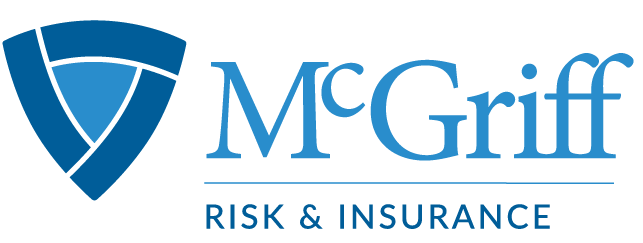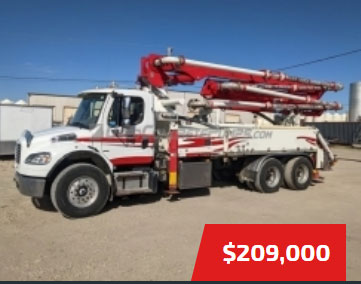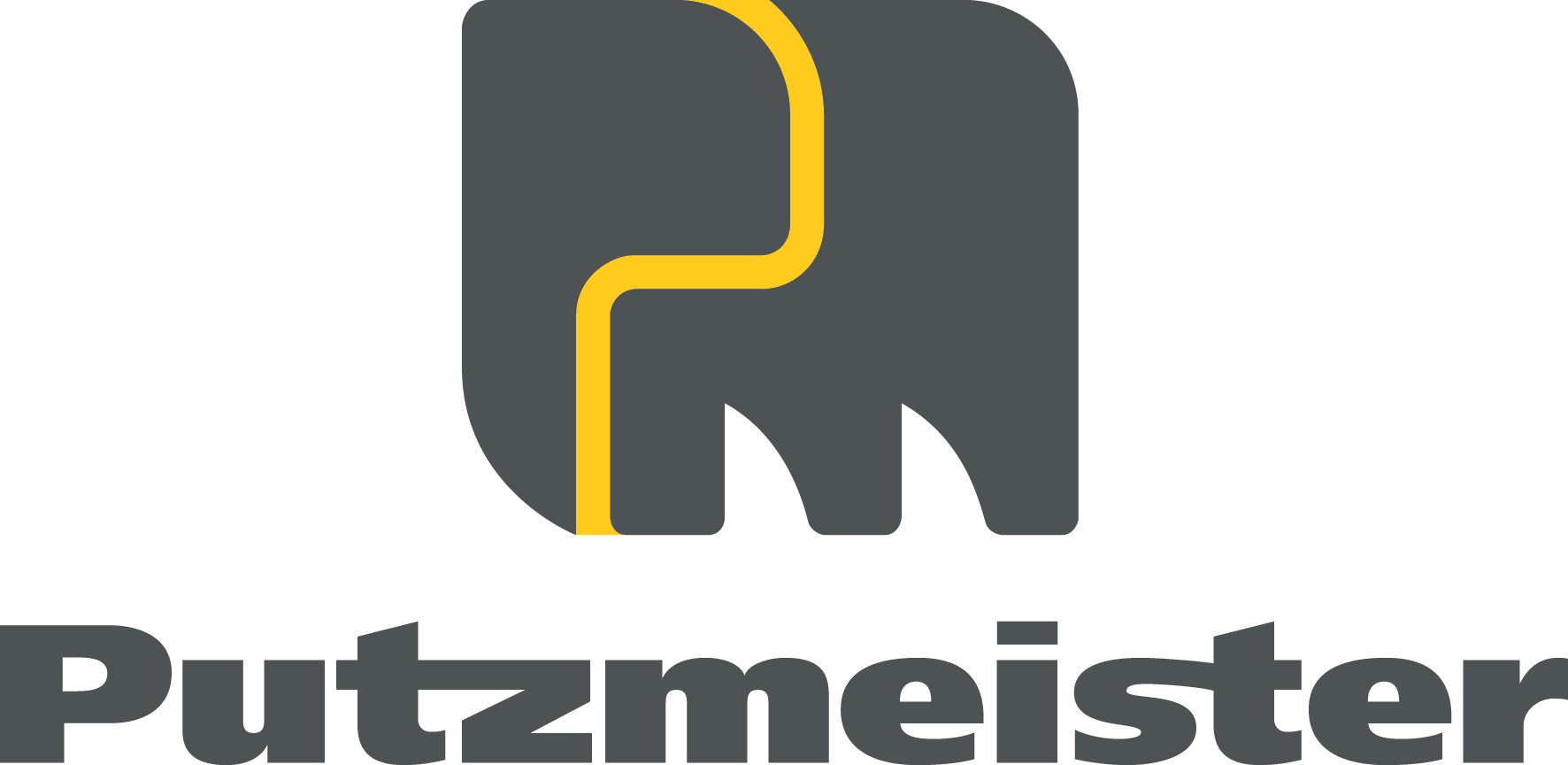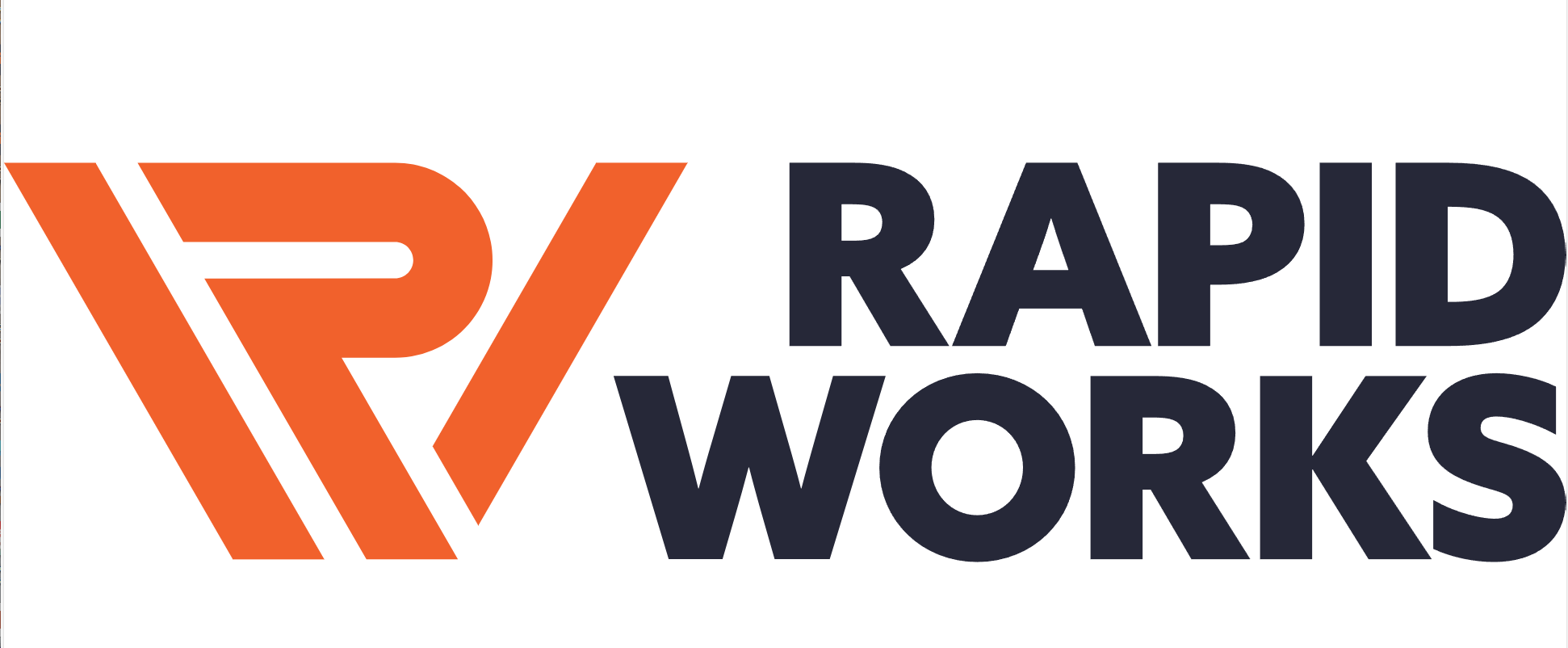| Bob | 05-01-2008 | comment profile send pm notify | ||||||||||||||||||||||||||||||||||||||||||||||||||||
|
Preferential Treatment By Paul Sturm |Paul Sturm Archive |Published: January 14, 2002 IN LINE AT the airport recently, I was chatting with a friend about investments — not new issues or growth companies but ways to generate income. To my surprise, people in line around us started asking questions. So I finally have the nerve to write about something that's intrigued me for years: preferred stock. If you think this is a backwater, you haven't talked with a broker lately. In The problem is that few buyers understand what they own. The yields in preferred stock listings are often overstated, and comparison-shopping can be tougher than pricing life insurance. There are no standard ticker symbols. Corporations often have several, similar preferreds. And listings tend to remain in the name of subsidiaries. Example: Several AT&T preferreds still trade as TCI, even though AT&T acquired the company years ago.
Still, it can pay handsomely to understand preferreds. They are particularly appealing if you believe (as I do) that interest rates will remain stable during the next few years. What follows is a quick tutorial on this neglected market. I've also put together a something-for-everyone table with both high-quality and junk issues. Strip away the jargon and preferreds are debt dressed up like equity. Yields are higher for three reasons: Preferreds let corporations borrow without tarnishing their balance sheet. Investors get a weaker claim on assets during bankruptcy (even though corporations must meet all preferred obligations before paying common stock dividends). And preferreds have terms that can be unfavorable to investors. On the plus side, preferreds are sold in friendly $25 amounts, with payouts that come in quarterly installments, just like stock dividends. A new issue that pays $2 and trades at face value or "par" has a yield of 8% ($2 divided by $25). If you buy the issue for less later, your current return is higher, because it will still pay $2 — at $22.20 a share it would be yielding 9%. Buy it for more, of course, and the return is lower. Nearly every preferred has a credit rating, and most are investment-grade (anything above Baa3 or BBB-, from Moody's and Standard & Poor's, respectively). Preferreds have maturities of at least 30 years, and some (mostly REIT issues) are perpetual. That makes preferreds more volatile than shorter-term obligations, but the real rub comes from "call" provisions. These give issuers the right to redeem preferreds at par anytime after five years (sometimes longer). This can be a "heads I win, tails you lose" situation. If you buy an 8% preferred for $25 and interest rates go up in 2007, the value of your shares — your principal — will decline. But if rates fall, the issuer will likely call the preferreds before you can enjoy a gain. Finance professors call this negative convexity, and it's another reason preferreds have above-average yields. Sometimes, however, fancy concepts can work to an investor's advantage. If interest rates don't go up or down much, owning preferred stock can be a very good deal. You get that higher return without volatility on the downside or sacrificing potential gains on the upside. Something else attracts me to preferreds. With 1,500 issues worth a total of $200 billion, the market is too small for institutions. Vanguard shut its preferred stock mutual fund last year because it couldn't invest large sums without distorting prices. Individuals buy preferreds mostly when brokers peddle new issues. But they sell randomly, when it's time to remodel or pay tuition. The result is like a used-car lot. Overpriced clunkers compete with cream puffs. Then there's the matter of overstated yields. Recent newspaper listings indicate that Royal Bank of One more lesson: Nearly all preferreds sold over the past decade are what's called trust-preferred, marketed by brokers under such names as QUIPS, SKIS and TOPRS. These were developed by clever investment bankers to allow corporations to put preferred equity on their balance sheets and pay for it with tax-deductible interest. A neat trick, since dividends on old-fashioned preferreds had to be paid out of after-tax profits. A few old-style preferreds are still around. You can usually spot them because they were issued with higher par values — $50 or $100 — and they trade at higher prices. Corporations get a tax deduction (not available to individuals) on dividends from these preferreds, so yields are lower. Except in special circumstances, owning old-style preferreds means shooting yourself in the foot — like putting municipal bonds in an IRA. One reason preferreds exist is that it's difficult for individuals to buy and sell bonds. That's because prices aren't reported on exchanges and minimum trades are often six figures. So brokers and a few corporate borrowers have begun downsizing debt for retail customers, creating another class of securities that look like preferreds but aren't. The result is bonds that trade like stocks, complete with NYSE listings. Companies generally offer senior notes packaged to look like preferred stock — such as the Delta, Viacom and Wells Fargo issues in my table. This gives investors more security since note holders can stand in line at bankruptcy court while preferred shareholders lose everything. Another variation is what I call ET (exchange-traded) bonds. Wall Street firms create them by buying large chunks of a particular debt issue and reselling them in $25 denominations — typically adding a preferred-style call provision. Again, brokers have competing brands, with names like CABCOs, CORTS and Saturns. I'm not wild about ET new issues; I think the real opportunities are in the aftermarket. Check the J.C. Penney junk bond in my table. It's available as a PaineWebber CABCO created from $50 million worth of 7.63% debentures due in 2097. Below investment-grade, sure. But Penney is doing well these days. I like the nearÃ10% yield. It's also a relative bargain when you realize that another ET bond (a $100 million Salomon Smith Barney CORT, ticker KTP) is backed by the same Penney debt and yields less than 9%. Good information about preferreds and ET bonds is difficult to find. (And even when you find it, beware; everyone seems to use a different ticker symbol for the same issue.) My favorite source is Quantumonline.com, a Web site with information about call dates, dividends and links to prospectuses. It looks like a My table is unusual this month. Don't compare these selections with one another. Instead, think of them as attractive examples of what's available. In general, better ratings mean lower yields. The safest preferreds come from utilities, then Final advice: Preferreds and their kin are thinly traded. Always place orders at a fixed price (a limit order) and check bid and ask prices. The narrower the gap between these two numbers — which represents the broker's profit — the better. I like spreads of less than 10 cents. |
||||||||||||||||||||||||||||||||||||||||||||||||||||||




















.jpg)
.gif)

.jpg)









.jpg)








